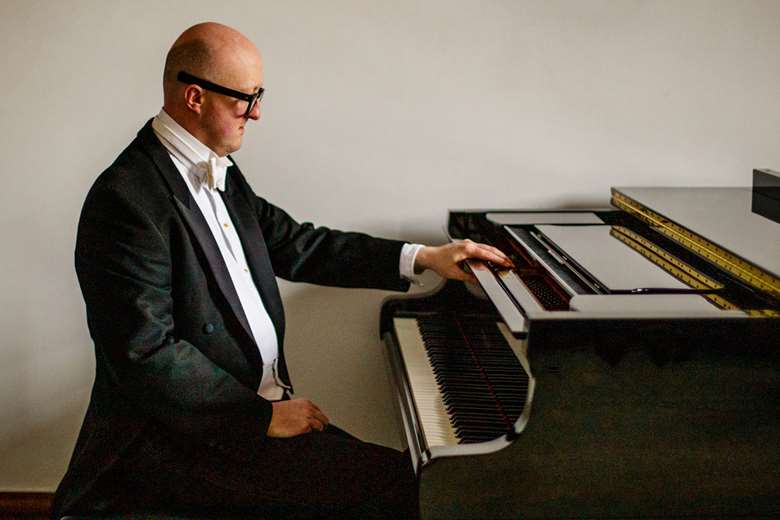Resurrecting Howells's extraordinary piano works
Matthew Schellhorn
Friday, July 10, 2020
Pianist Matthew Schellhorn's new recording of unknown piano works by Herbert Howells – released today – has been a voyage of discovery not unlike that of premiering brand new music

Register now to continue reading
Thanks for exploring the Gramophone website. Sign up for a free account today to enjoy the following benefits:
- Free access to 3 subscriber-only articles per month
- Unlimited access to our news, podcasts and awards pages
- Free weekly email newsletter








